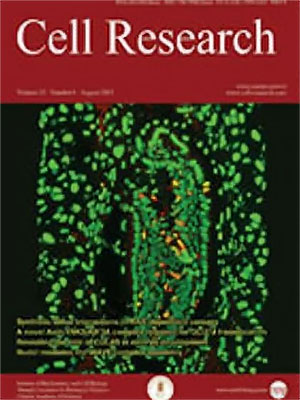Volume 14 Issue 6, December 2004: 450-460
REVIEWS
Inducible heat shock protein 70 kD and inducible nitric oxide synthase in hemorrhage/resuscitation-induced injury
Juliann G. KIANG
1Department of Cellular Injury, Walter Reed Army Institute of Research, Silver Spring, MD 20910-7500, USA.
2Departments of Medicine and of Pharmacology, Uniformed Services University of The Health Sciences, Bethesda, MD 20814- 4799, USA.
Correspondence: Juliann G. Kiang(Juliann.Kiang@na.amedd.army.mil)
Inducible heat shock protein 70 kD (HSP-70i) has been
shown to protect cells, tissues, and organs from harmful assaults in
in
vivo and
in vitro experimental models. Hemorrhagic shock followed
by resuscitation is the principal cause of death among trauma patients
and soldiers in the battlefield. Although the underlying mechanisms are
still not fully understood, it has been shown that nitric oxide (NO) overproduction
and inducible nitric oxide synthase (iNOS) over-expression play important
roles in producing injury caused by hemorrhagic shock including increases
in polymorphonuclear neutrophils (PMN) infiltration to injured tissues
and leukotriene B
4 (LTB
4) generation. Moreover,
transcription factors responsible for iNOS expression are also altered
by hemorrhage and resuscitation. It has been evident that either up-regulation
of HSP-70i or down-regulation of iNOS can limit tissue injury caused by
ischemia/reperfusion or hemorrhage/resuscitation. In our laboratory, geldanamycin,
a member of ansamycin family, has been shown to induce HSP-70i overexpression
and then subsequently to inhibit iNOS expression, to reduce cellular caspase-3
activity, and to preserve cellular ATP levels. HSP-70i is found to couple
to iNOS and its transcription factor. Therefore, the complex formation
between HSP-70i and iNOS may be a novel mechanism for protection from
hemorrhage/resuscitation-induced injury.
FULL TEXT | PDF
Browse 1994


